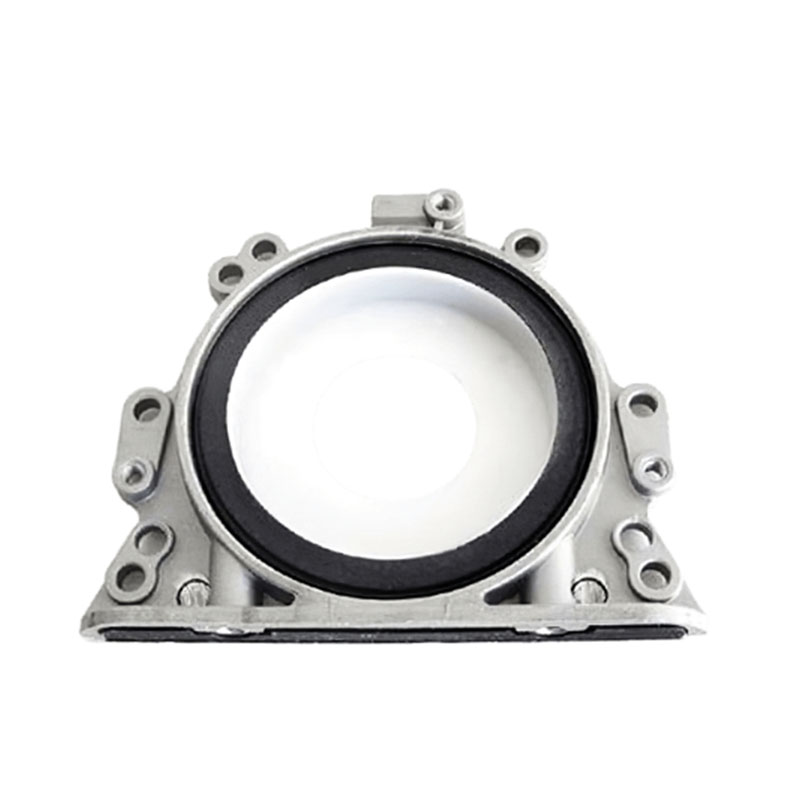Understanding the Functionality and Operation of Oil Seals in Mechanical Systems
The Working Principle of Oil Seals
Oil seals are critical components used in various machinery and equipment, serving vital functions in preventing the leakage of lubricants and protecting internal mechanisms from external contaminants. Understanding the working principle of oil seals is essential for engineers, maintenance personnel, and anyone involved in the manufacturing or servicing of machinery.
Definition and Composition
An oil seal, also known as a lip seal or rotary seal, consists of a resilient material, often rubber or elastomer, combined with a rigid outer casing made of metal or plastic. The combination allows for flexibility while maintaining structural integrity, ensuring a secure fit within the housing. Oil seals are typically designed in a circular shape, facilitating their placement around rotating shafts.
Functionality
The primary function of an oil seal is to contain lubricant within the machinery, thereby reducing friction and wear between moving parts. This is crucial for enhancing the performance and lifespan of machinery. Additionally, oil seals prevent dust, dirt, water, and other external contaminants from entering the lubricant reservoir, which can lead to premature failure or damage of the components.
Working Principle
The working mechanism of an oil seal can be understood through its design, which encompasses several important elements
1. Seal Lip The most critical component of an oil seal is the sealing lip. This lip comes into contact with the rotating shaft, creating a hydrodynamic seal. The lip typically has a slight angle that allows it to conform tightly to the shaft, utilizing the lubricant on the surface for lubrication. When the shaft rotates, the oil provides a thin film that enhances the sealing effect, reducing wear on both the shaft and the seal itself.
2. Backup Ring In some designs, a backup ring may be included. This component provides additional support to the seal lip, particularly in applications where there are high pressures, fluctuating temperatures, or aggressive fluids. Backup rings help maintain the seal's shape and prevent extrusion, which could lead to seal failure.
oil seal working principle

3. Spring Mechanism Many oil seals incorporate a spring element that applies pressure to the seal lip against the shaft. This is particularly important in applications with high speeds or significant shaft movement, where maintaining contact is crucial for preventing leaks. The spring ensures that the lip remains in constant contact with the shaft, compensating for any wear or minor shaft movement during operation.
4. Material Properties The materials used for oil seals are selected based on the specific application requirements, including temperature resistance, chemical compatibility, and mechanical properties. Common materials include nitrile rubber, fluorocarbon, and silicone, each chosen for their ability to withstand the operating environment and the substances being sealed.
Advantages of Oil Seals
Using oil seals offers multiple advantages in machinery applications
- Leak Prevention By effectively sealing lubricants within the system, oil seals prevent costly leaks that can lead to environmental concerns and operational inefficiencies.
- Contaminant Protection Oil seals protect internal components from harmful contaminants that could compromise their function and longevity.
- Reduced Maintenance With effective sealing, machinery experiences less wear and tear, resulting in reduced maintenance needs and extended service intervals.
- Improved Performance By maintaining the correct lubricant levels, oil seals contribute to the smooth operation of machinery, enhancing overall performance.
Conclusion
In summary, oil seals play a pivotal role in the reliability and efficiency of machinery by preventing leaks and protecting against contaminants. Their working principle, which involves a careful interplay between various design elements such as the seal lip, backup ring, and spring mechanism, ensures that they perform effectively in diverse operating conditions. Understanding these principles not only aids in the selection of the right oil seal for specific applications but also promotes better maintenance practices, ultimately leading to enhanced equipment performance and longevity.
-
Understanding the Front Main Engine Seal: Purpose, Maintenance, and Installation
News Jul.29,2025
-
Understanding O-Rings and Seal Rings: Types, Applications, and Custom Solutions
News Jul.29,2025
-
Understanding Crankshaft Oil Seals: Rear Seals, Pulley Seals, and Their Role in Engine Integrity
News Jul.29,2025
-
The Importance of Front and Rear Crankshaft Seals in Engine Performance and Oil Management
News Jul.29,2025
-
Crank Oil Seals: Functions, Types, and Cost Considerations in Engine Maintenance
News Jul.29,2025
-
A Comprehensive Guide to O-Rings and Seals: Types, Materials, and Global Applications
News Jul.29,2025
-
Mastering Diesel and Performance Engine Maintenance: A Guide to Critical Oil Gaskets
News Jul.28,2025
Products categories















